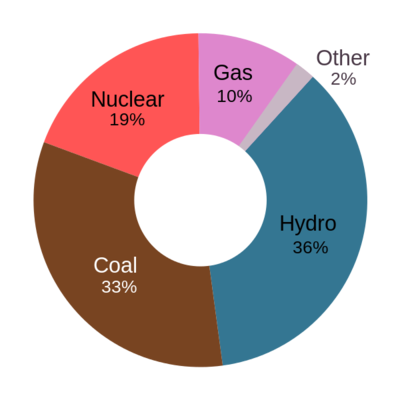Images and media are powerful communication devices. They are useful for conveying concepts and information, and they can help improve comprehension by reinforcing information provided in text. But images and media attract and engage our attention. Because they are so arresting, it’s important to be purposeful in their use so they do not detract from the purpose of the page. Gratuitous images and media add unnecessary complexity and may cause confusion.
Use images and media to their best effect:
- Include images and media that support your content. Include images and media that support or add to the information and concepts of the page.
- Avoid meaningless images. Don’t add images to ”spice up” a page, or create a video simply for the sake of including video.
Testing
- For each image and item of media, does it directly support the information and context on the page?
Resources
- Images Can Enhance Comprehension (WebAIM)
- Guidelines for images and video on social media (HarvardKey required)
